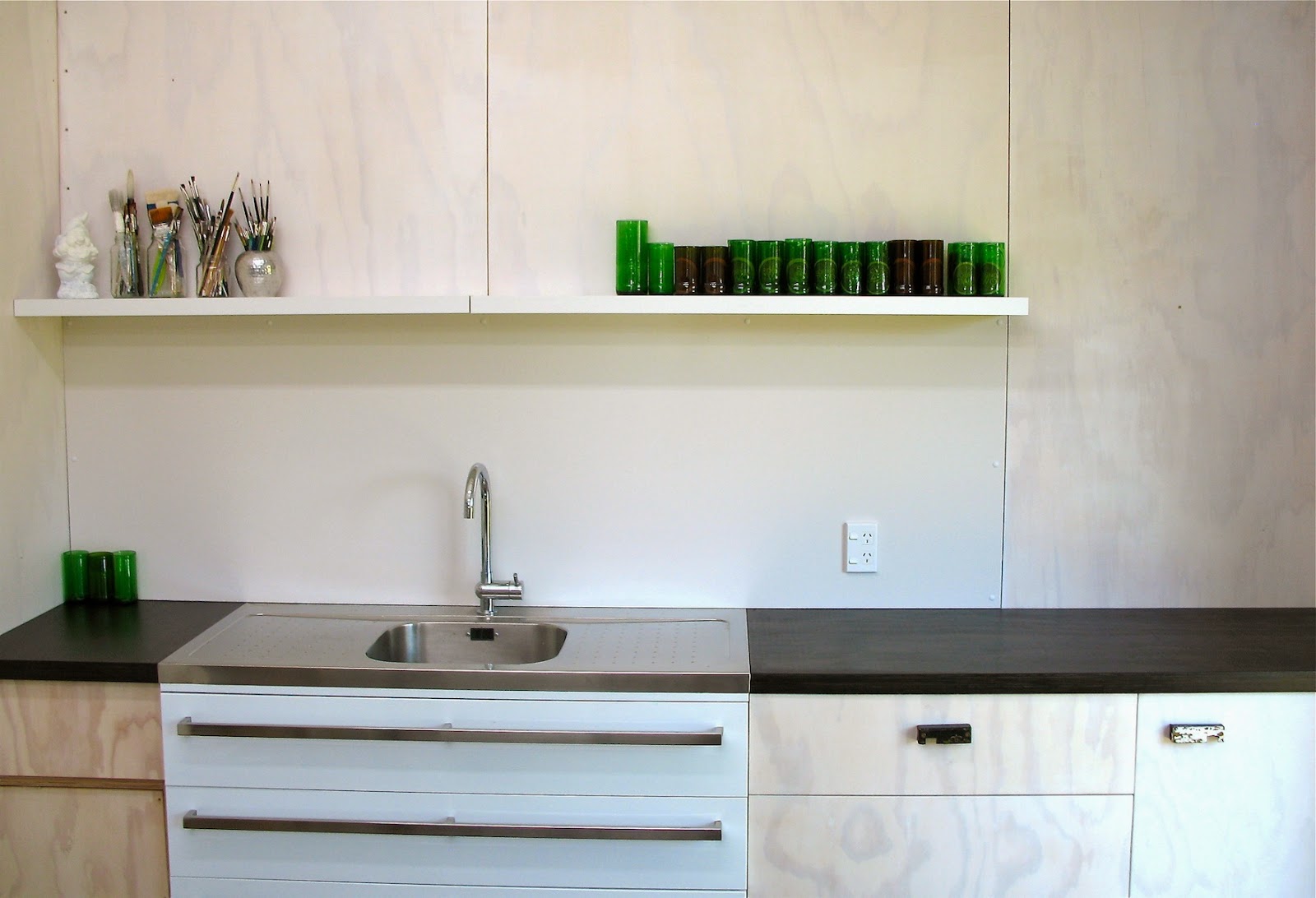 |
Emily Rumney & Steph Chalmers with Studio Audit 2013 at the opening of the NZPPA 2014
|
Emily and I made our first collaborative artwork last year and it was selected for the Waikato Society of Arts' annual New Zealand Painting and Printmaking Award for 2014.
. . .
“I tried in my selection to choose not only the entries that I considered to be outstanding, but works that illustrate the diverse styles and media I saw. As a result, the 2014 NZPPA exhibition is made up of everything from digital collage to oil paint, pinhole photography to ballpoint pen.
I am also intrigued by the theme of digital technologies and digitally-led lives that is reflected across these works, from a digital collage that calls to mind 19th century scientific engravings to an abstract painting inspired by social media interactions.”
I am also intrigued by the theme of digital technologies and digitally-led lives that is reflected across these works, from a digital collage that calls to mind 19th century scientific engravings to an abstract painting inspired by social media interactions.”
- 2014 Judge Courtney Johnston
Director of The Dowse Art Museum
The (very worthy) Winner 2014:
Stephen Ellis - We Asked For Signs
Merit Award Winners:
Hannah Depree - Boys Club
Jessica Peerless - After Kauri
You can see all of finalists here
Click here for a review by Peter Dornauf for EyeContact










































